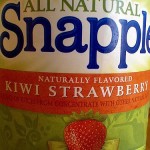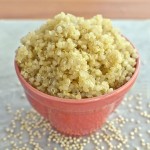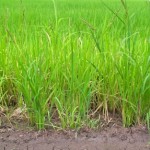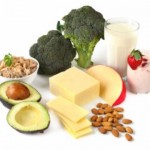 According to marketing research, the term most commonly searched for on food labels by consumers is “100 percent natural.” Food manufacturers recognized the selling power of this term and as of 2008, “all-natural” was the second most used claim on American food products. A close look at some of these “natural” foods though reveals that many contain high fructose corn syrup, pesticides, antibiotics, and growth hormones – all seemingly “unnatural” substances. What does “natural” mean exactly on a food label?
According to marketing research, the term most commonly searched for on food labels by consumers is “100 percent natural.” Food manufacturers recognized the selling power of this term and as of 2008, “all-natural” was the second most used claim on American food products. A close look at some of these “natural” foods though reveals that many contain high fructose corn syrup, pesticides, antibiotics, and growth hormones – all seemingly “unnatural” substances. What does “natural” mean exactly on a food label?
It turns out that “natural” means different things to different governing agencies. The USDA, who regulates the labeling on meat and poultry, allows a product to be called “natural” if it contains “no artificial ingredients or added color and is only minimally processed”. Translate this to the following: nothing should have happened to the meat between the slaughterhouse and the supermarket but anything goes for what happened to the animal before slaughter, such as what the animal was fed, whether it was given growth hormones or antibiotics, etc. Of note, some products, such as poultry, can still be labeled “natural” even after being injected after slaughter with water and sodium to create a more plump, “eat me” appearance.
The FDA regulates labeling on non-meat products and does not give a legal definition for “natural”. According to the FDA, there is no true definition for what makes a food “natural” but the agency does not object to the use of the term if the food does not contain added colors, artificial flavors, or synthetic substances. This opens the door for all kinds of rule bending and definition stretching, as is the case with high fructose corn syrup.
Bottom line: Many consumers equate “healthy” with “natural” but loose guideline around the term “natural” can mislead many consumers into purchasing “unhealthy” foods. Don’t just buy a food because it claims to be “natural”. Read the ingredient list and try to buys foods that contain ingredients that you might find in your own pantry.




